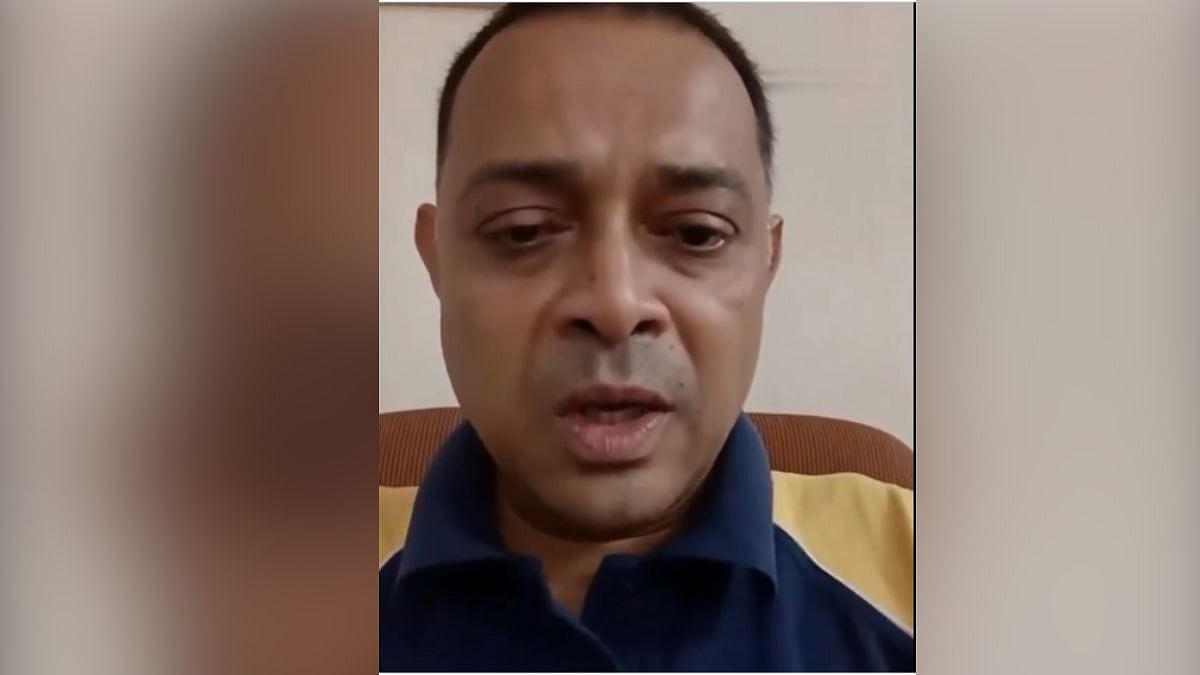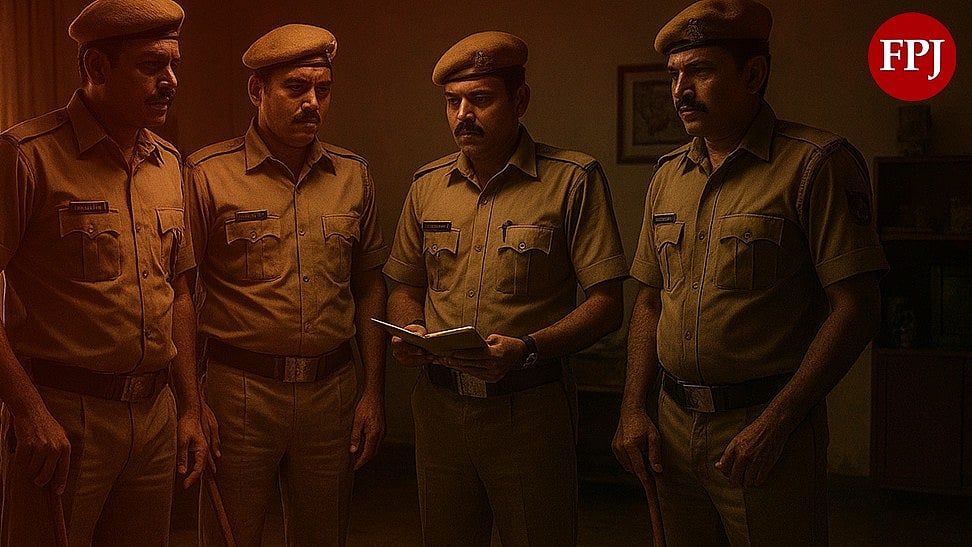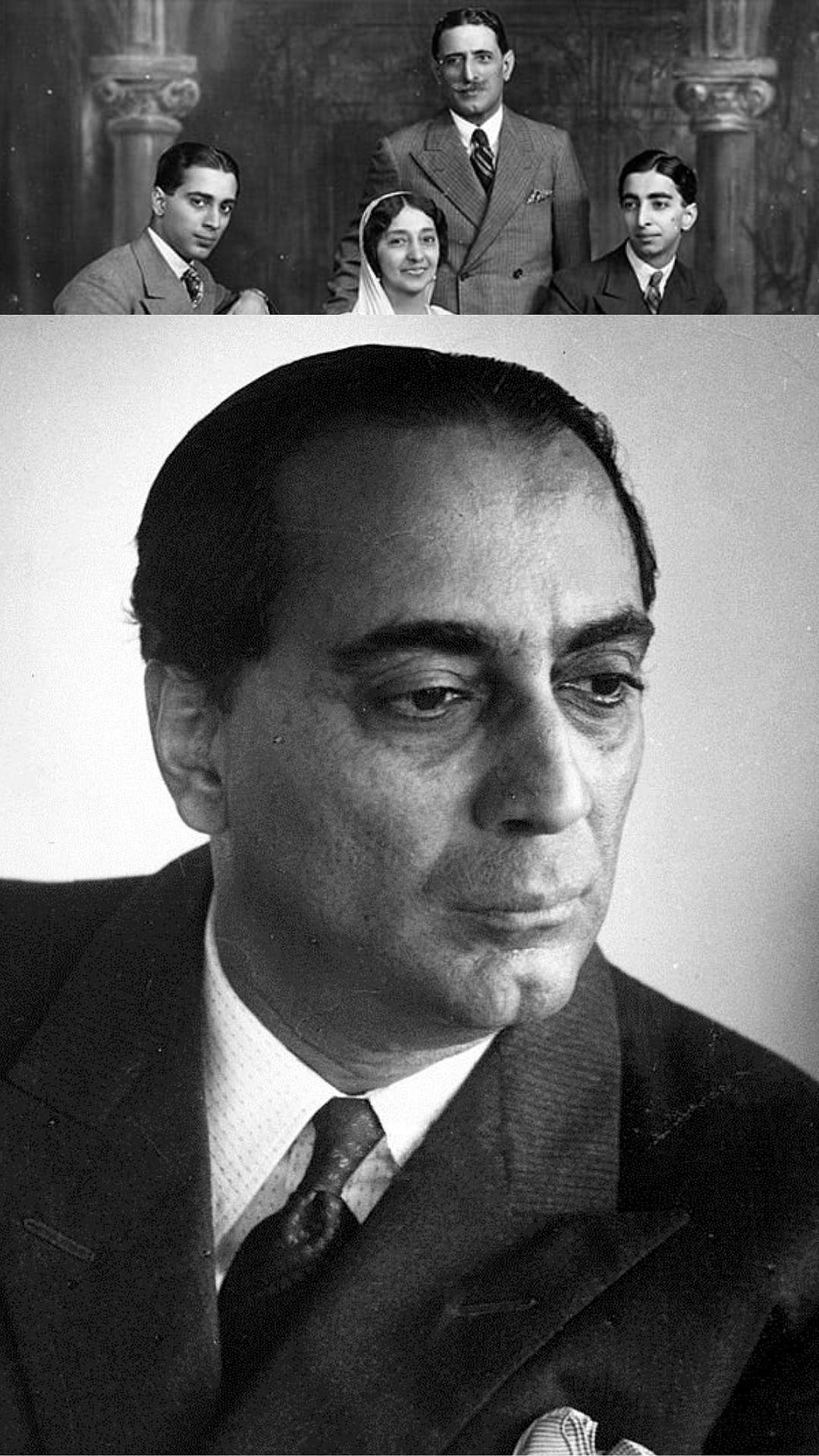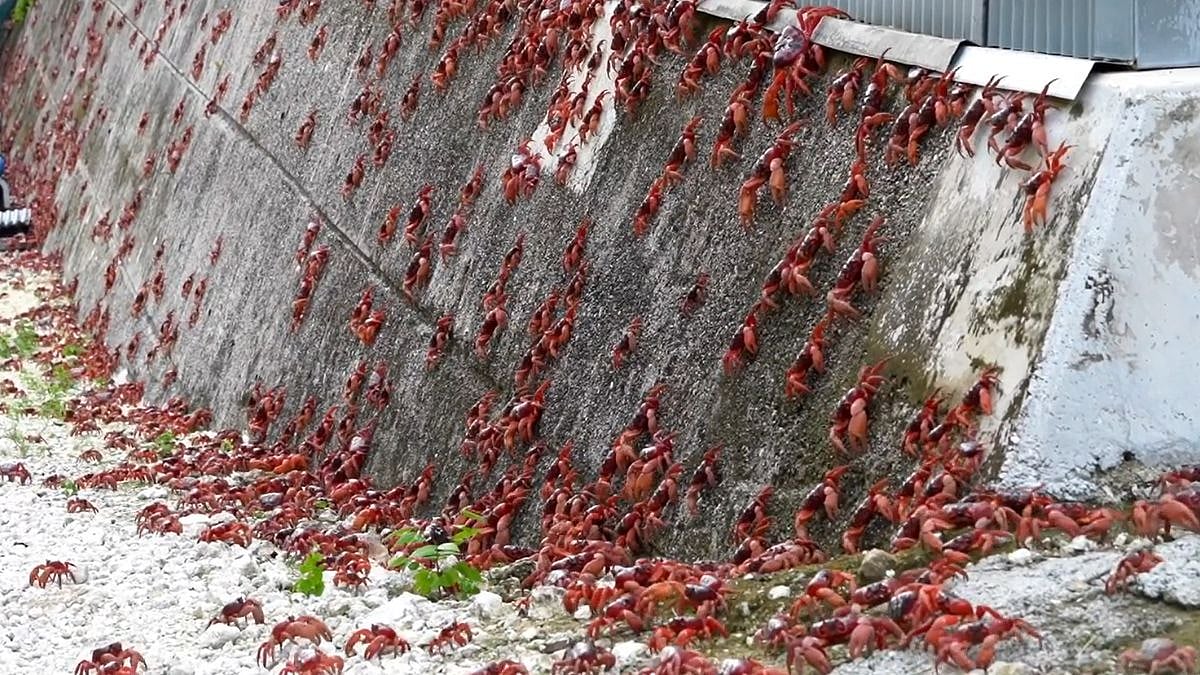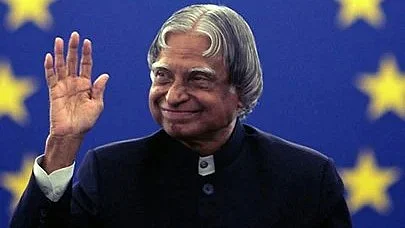Astana: NASA astronaut Tracy C. Dyson finished a six-month research mission on the International Space Station on Monday, September 23, and came back to Earth with Roscosmos cosmonauts Oleg Kononenko and Nikolai Chub.
Back To Pavilion
At 4:36 a.m, the trio left the space station on the Soyuz MS-25 spacecraft. Landing safely with the assistance of a parachute at 7:59 a.m. on Monday, Sept. 23, in EDT. 4:59 in the afternoon Kazakhstan time), to the southeast of the isolated town of Dzhezkazgan, Kazakhstan.
Time In Space
During his time on the space station, Dyson engaged in various scientific and technological tasks, such as utilising a 3D bioprinter to produce cardiac tissue samples, which may improve the development of replacement organs and tissues for transplants back on Earth. Dyson was also involved in the crystallisation of model proteins to test hardware for pharmaceutical production and managed a program utilising student-designed software to control the station’s free-flying robots, motivating future innovators.
Tracy's Crewmates
Dyson was sent into orbit on March 23 and docked at the station on March 25 with Roscosmos cosmonaut Oleg Novitskiy and spaceflight participant Marina Vasilevskaya of Belarus. Novitskiy and Vasilevskaya spent 12 days on the station before coming back home with NASA astronaut Loral O'Hara on April 6.
During Dyson's third mission in space as a flight engineer for Expedition 70/71, he travelled 78 million miles and completed 2,944 orbits around Earth in 184 days. Dyson also completed a 31-minute spacewalk, increasing her total career time to 23 hours and 20 minutes across four spacewalks.

Kononenko and Chub joined O'Hara on the Soyuz MS-24 spacecraft in September and completed a 374-day space journey covering 158.6 million miles, encompassing 5,984 orbits. Kononenko finished his fifth space mission, logging a total of 1,111 days in space, while Chub successfully completed his inaugural space voyage.
Going Back Home
After undergoing medical checks upon landing, the crew will head back to Karaganda, Kazakhstan, the designated recovery staging city. Following that, Dyson will get on a NASA aircraft headed to the Johnson Space Centre in Houston.


